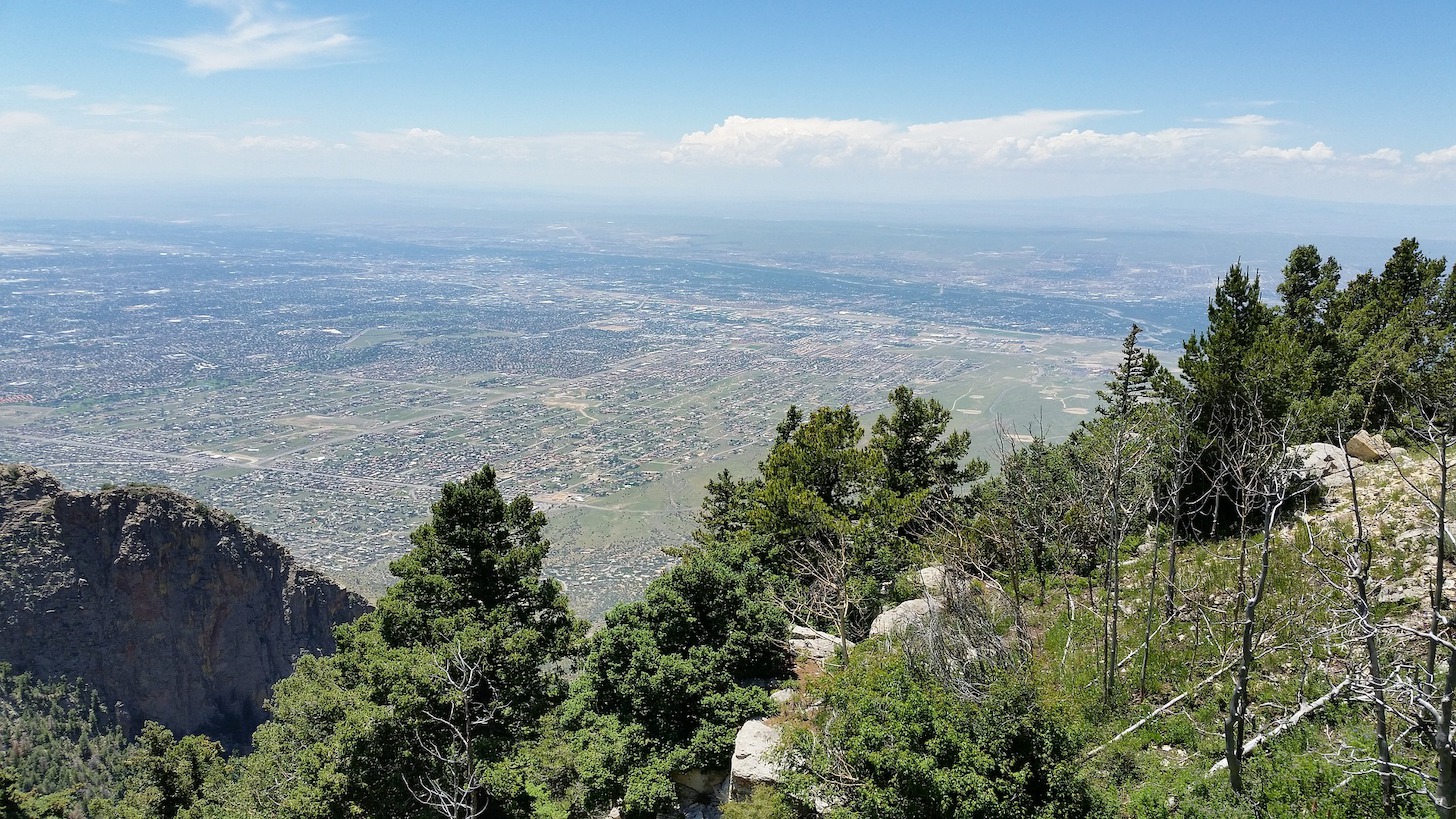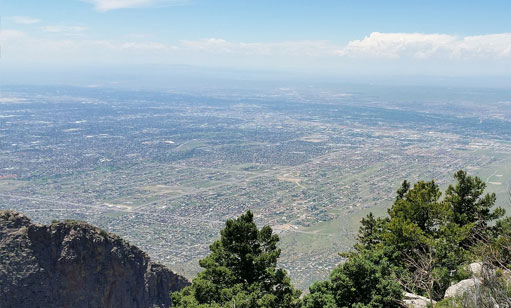Now that all that abstract, ideological mierda from last week is out of the way, let’s get down to some practicalities. Like for instance, imagine hizzoner to be as a hungry, yet reserved diner who stumbles upon the Frontier Restaurant. For our future leader, everything on the menu is just a symbol for another problem, from water use issues to city legal entanglements, to homeless programs to finding a new chief of police, et cetera, et cetera, ad infinitum.Whoever the hell wins the runoff election for mayor three weeks from now, on Tuesday, Nov. 14, is gonna have one hell of a big plate of enchiladas, burgers, sweetrolls and breakfast burritos to choke down in order to set things straight—if he can get the money he needs to make an order to begin with.You see, in this surreal scenario, dude doesn’t have the money himself. His friends, known to some as the City Council, have all the feria. Mercurial and sometime self-interested, they’re out in front of the restaurant waiting in a fast car, always ready to leave at the slightest provocation, bugging citizens that walk by for spare change and acting like magicians.But enough story telling; what follows is a glimpse of the reality our next leader will face on Dec. 1, 2017 when he takes over the kitchen. Hopefully, the dude’s associates on the council will get in on the act, making sure the service out front is as fast and efficient as ever.Water IssuesA statewide rise in temperatures and an abnormal monsoon means that conservation and stewardship of the city’s shrinking water resources should be a priority for the next administration. Although the proposed Santolina megadevlopment is not a part of the city of Albuquerque, the next mayor sits on the water management board that will have much influence on whether the project moves forward from a planning phase and into construction.Among other water management issues, the Kirtland Air Force Base jet fuel spill continues to be problematic. Remediation efforts have been guided by state and federal authorities. Recent efforts to establish a local remediation board were not supported by the current mayor’s office, but were supported by City Councilor Pat Davis. We hope that an environmentally conscious mayor will rethink city involvement in this potentially poisonous issue.The Aftermath of ARTThough city and private crews continue their work on the Albuquerque Rapid Transit project —installing signage and finishing necessary structural and road work—it’s clear that the system won’t be up and running until early next year, keeping pace with predictions made by the city through the Albuquerque Journal in Sept. 2016.Recent reports show that Albuquerque bus ridership declined steadily over the past several years and continues to slide. Managing this downward spiral and turning our much touted state of the art public transportation system into something proud and profitable should be a municipal priority.More importantly, our next mayor needs to find proactive solutions to the Central Avenue economic catastrophe wrought by the construction and manifestation of ART. Coming up with an economic stimulus plan to bolster and bring life back to the once thriving Nob Hill and West Central commercial corridors must happen if the ART project is judged to be successful.Jobs and the EconomyLack of growth across different economic sectors in Albuquerque—from commercial real estate to high tech manufacturing and even agriculture—and consequently, a dearth of decent, living wage jobs in the metro area, has resulted in a stagnant and scared middle class.The shadow of crime has followed the Duke City’s seeming decline. Young people with college degrees have begun to leave, or never come here at all anymore. It’s a vicious cycle that can only be stopped with leadership that is focused on education and growing the local economy with local talent; shifting the paradigm to embrace a sustainable and energy-independent city would create jobs and ultimately lower the crime rate, potentially making the resulting “better place” more attractive to outside investors. Growth is cyclic, too.Karma PoliceFor at least a couple of years now, the police presence in Albuquerque has been very low-key. There just aren’t enough beat cops for this town and their absence has become frighteningly apparent of late.Following a period of flagrant civil rights violations by some members of the force, criminal trials, a Department of Justice investigation and court settlement, the force seems demoralized and in need of direction. We know for a fact there’re a heap of decent, hardworking cops in this town; the police union mayoral endorsement speaks to these individuals’ commitment to community policing and fair tactics. But we need to find them a good chief, an advocate whose involvement with the force and the community will signal improved public safety that leads to civic revitalization.Mental HealthThe clear lack of substantive mental health recovery and treatment options, especially for our city’s most vulnerable and desperate, is a situation that has not only led to a public health crisis but may also be directly related to a rise in the municipal crime rate. Although the city and county have joined forces to begin exploring and eventually remedying this issue, services remain doubtful for many low-income families. Some private providers have recently closed due to lack of funding. Clearly, it will be up to the new administration to make sure further vision and funding is provided to make such programs a success. Once this progress is made in this area, we’re confident a lowering of the crime rate will occur as well.
Early voting for the Nov. 14 Municipal runoff election:9am to 6pm, Monday through Friday, Oct. 25 to Nov. 10, 2017




